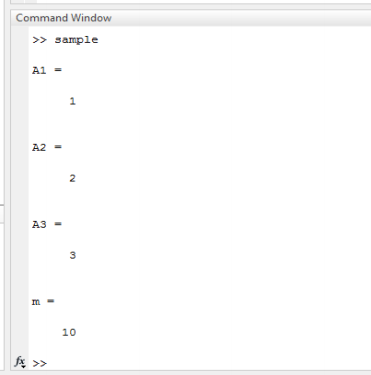Structural Optimisation of a 3-bar Truss
Structural Optimisation of a 3-bar Truss
To be submitted in Canvas by 23:59 Wednesday 28 th April 2021
Consider the pin-jointed truss shown below subjected to loads P and Q.

Given that the 3 bars of the truss in the above figure are each of a different constant cross-sectional area and made of Aluminium (E = 70 GPa, p = 2700 kg·m-3), determine the minimum mass design for the truss with the three cross-sectional areas as design variables. The angles and lengths cannot be changed. The critical stress of 400 N/mm2 should not be exceeded. Buckling is not considered. The weights of the bars are ignored (not considered as loads).
Each group of two students will use their own values of P and Q (see the next page) and submit only one report. In the unfortunate event that two students in a group do not collaborate well, two separate reports may be submitted and the lecturer should be informed. Different groups are not supposed to collaborate on this coursework.
A report should be produced detailing the methodologies that you have used, and the results that have been achieved, including intermediate steps of derivation (if this applies). The report should be typed and concise (not normally over 10 pages for the text part, excluding an appendix). Important formulas and equations that lead to solutions should be included. If they are hand-written, they must be clearly legible. Matlab codes should be referred to in the text and given in an appendix with key places marked with brief and sensible comments. Results (the optimal areas and mass) in the text should be given in at least 3 significant figures. Results from the code should be printed at the end of the codes.
Good writing, high accuracy, high efficiency and clever optimisation methods will be awarded with some more marks. Please use the front cover given on page 4.
Lateness penalty: 5% will be deducted for each working day late and a zero will be awarded if the coursework is 1 week late (without approved mitigating circumstances).

Marking Scheme
Structural Analysis 35%
Must show equilibrium equations, relationships between the internal forces and displacements, between stresses and displacements. All these quantities must be treated as variables and given names. A matrix form is preferred. A kind of validation will be useful.
Optimisation 50%
Must state what method is used and comment on its efficiency and accuracy. Must show mathematical expressions of the objective function and the constraints. Briefly discuss your method and validate your results. If the method is from a commercial software package, the theory behind should be described briefly and discussed. Quality of the method used will attract more marks of (up to10%). Generalisation of the results will be helpful.
Code 10%
Working Matlab code must be attached as an appendix. Printed optimal solution must be given. Students may be requested to provide actual codes for testing.
Writing 5%
A good technical presentation is encouraged.
Penalty
Very poor writing can lead to a mark deduction of 5%.
Possible plagiarism will be investigated and acted upon.
ENGG414 Structural Optimisation
Lecturer: Professor Huajiang Ouyang
Names of Students
Date of Submission
Introduction
[ A short introductory paragraph here, refereeing to the figure of the structure ]
[ Figure 1. Title ]
[ A short paragraph here that lists all known data, in particular your own parameter values ]
Theory of Structural Analysis
[ Provide key equations and workings, including validation against hand calculation]
[ Give your answers in 3+ significant figures and their units ]
Theory of Optimisation
[ Provide key equations and workings, including the objective function and constraints in explicit mathematical expression, if possible; state your optimisation methods and briefly the optimisation theory behind ]
[ Give your answer in 3+ significant figures and their units ]
Discussion of Results [ You may comment on your methods in relation to other possible methods and discuss structures beyond the 3-bar truss]
Conclusions
[ A paragraph in 2 – 3 sentences ]
References (if applicable)
Appendix MATLAB Codes for Structural Analysis and Optimisation
[ The appendix should start on a separate page and include brief and intelligent comments on key code lines and blocks ]
[ Provide a screen shot of the MATLAB run with final answers (values of optimal design variables and mass). You only need to show a small picture of your code run here, such as the following ]

2021-04-19